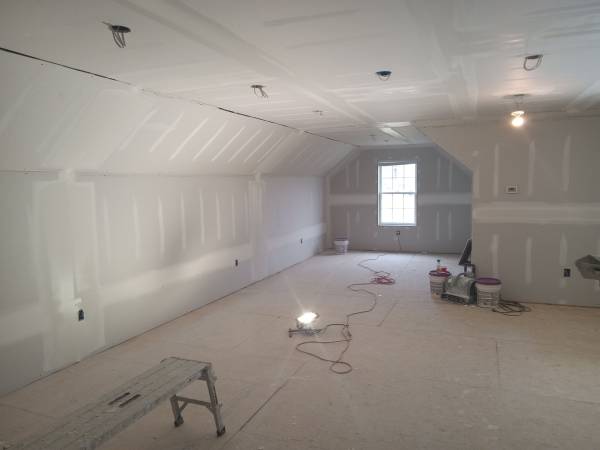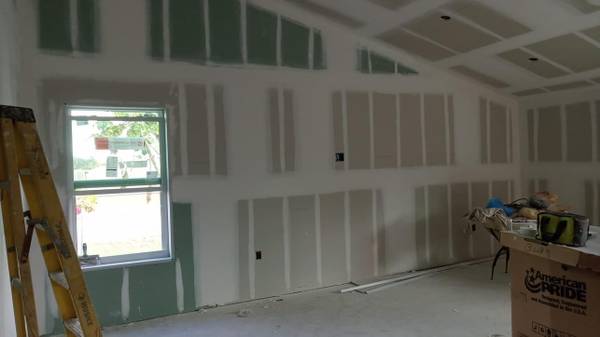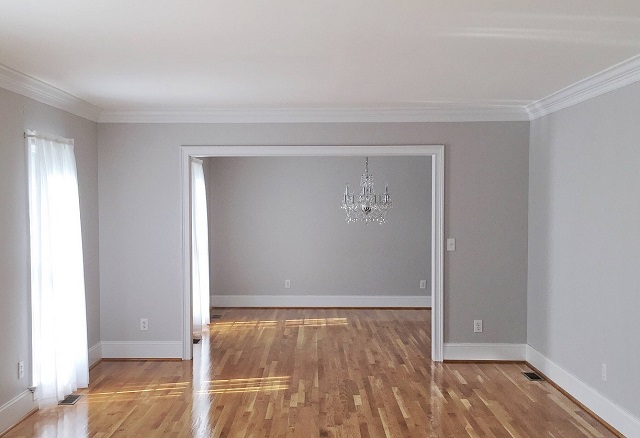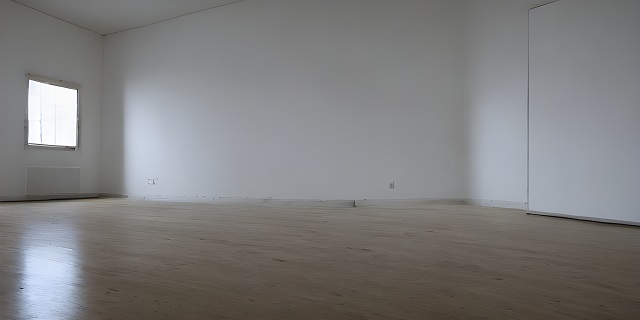Plastering Vs. Drywall
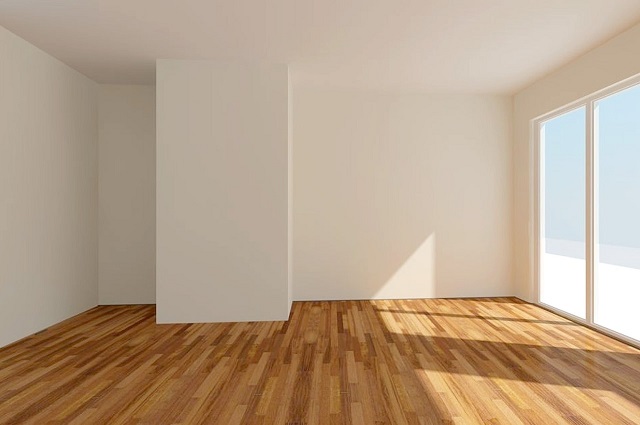
Table of Contents
The Pros of Plastering
Plastering is a traditional method of creating smooth, durable walls and ceilings in buildings. There are several advantages to choosing plastering over other wall finishing options, such as drywall. Let’s explore some of the pros of plastering.
Durable and Long-Lasting: Plaster walls are known for their longevity. When properly installed and maintained, plaster can last for decades, if not centuries. Unlike drywall, which can be easily damaged by impact or moisture, plaster is more resistant to wear and tear. It provides a solid, robust surface that can withstand the test of time.
Enhanced Soundproofing: Plaster has excellent soundproofing properties, making it an ideal choice for rooms that require privacy or reduced noise transmission. The thickness and density of plaster can effectively absorb sound waves, preventing them from traveling through the walls. This is particularly beneficial in homes or offices located in busy areas or where sound insulation is crucial.
Superior Fire Resistance: One of the remarkable characteristics of plaster is its exceptional fire resistance. Unlike drywall, which is made of highly combustible materials, plaster is non-combustible and acts as a barrier against fire. In the event of a fire, plaster can help contain the flames, providing occupants with valuable time to evacuate and reducing the spread of the fire.
Aesthetic Appeal: Plaster finishes have a timeless elegance that can enhance the aesthetic appeal of any space. Plaster can be molded and sculpted into various intricate designs, adding a touch of sophistication and uniqueness to walls and ceilings. Whether you prefer smooth surfaces or textured finishes like Venetian plaster, plastering offers a wide range of design options to suit your personal style.
Increase Property Value: Plastered walls are generally considered a sign of quality craftsmanship and attention to detail, which can positively impact the value of a property. Potential buyers or renters often appreciate the charm and durability of plastered walls and may be willing to pay a premium for such features.
The Pros of Drywall
When it comes to wall finishes, drywall has become one of the most popular choices for homeowners and builders alike. Its versatility, affordability, and ease of installation make it a preferred option in many construction projects. Let’s take a closer look at some of the pros of using drywall.
One of the main advantages of drywall is its cost-effectiveness. Compared to other wall finishes like plaster, drywall is relatively inexpensive. This makes it a budget-friendly option for both new construction and remodeling projects. Not only is the material itself affordable, but the installation process is also more straightforward and less time-consuming, further reducing labor costs.
In addition to its cost-effectiveness, drywall is known for its durability. Made from gypsum board, drywall is strong and resistant to cracking and warping. It can withstand the wear and tear of daily use without showing signs of deterioration. With proper care and maintenance, drywall can last for many years, making it a long-lasting investment.
Another advantage of drywall is its versatility when it comes to design options. Drywall can be easily textured, painted, or wallpapered to achieve the desired look and style. It provides a smooth and uniform surface that can be customized to match any interior design. Whether you prefer a sleek modern aesthetic or a more traditional finish, drywall can be adapted to suit your preferences.
One significant benefit of drywall is its fire-resistant properties. Gypsum board, the core component of drywall, contains water molecules that act as a natural fire retardant. In the event of a fire, the water content in the drywall slowly vaporizes, providing a barrier against the spread of flames. This added safety feature gives homeowners peace of mind and may even help to reduce insurance premiums.
Lastly, drywall is known for its soundproofing capabilities. The multiple layers of gypsum board, when properly installed, can effectively absorb and reduce noise transmission. This makes drywall an excellent choice for creating quiet and peaceful environments, whether it’s in residential homes or commercial buildings.
The Cons of Plastering
Plastering is a traditional method of wall finishing that has been used for centuries. While it has its advantages, it also has its drawbacks. In this section, we will discuss the cons of plastering and why some homeowners may prefer other wall finishing options.
One of the main disadvantages of plastering is the time it takes to complete the process. Plastering is a labor-intensive task that requires skill and expertise. It involves multiple layers of plaster being applied to the wall, with each layer needing to dry before the next one can be applied. This can significantly prolong the overall time taken to finish the wall compared to other methods like drywall installation, which can be completed relatively quickly.
Another con of plastering is that it can be a messy and dusty process. The application of plaster involves mixing water and powdered plaster to form a paste, which is then spread onto the wall surface. This process can create a lot of dust particles in the air, which can spread throughout the house if proper precautions are not taken. The cleanup process after plastering can also be time-consuming and require thorough cleaning of the surrounding areas.
Plastering is also known to be more expensive compared to drywall. The cost of materials, labor, and the time taken to complete the process can add up significantly. Additionally, if any repairs or modifications are needed in the future, plastering can be more challenging to work with compared to drywall. Drywall, on the other hand, can be easily patched or replaced if necessary.
Another disadvantage of plastering is its susceptibility to cracks. Due to the nature of plaster material and its application process, it is prone to cracking over time. These cracks can be caused by changes in temperature, settling of the building, or even simple wear and tear. While some cracks can be repaired, others may require more extensive work to fix.
The Pros and Cons of Plastering vs. Drywall
Plastering and drywall are two popular options for finishing interior walls and ceilings. Each has its own advantages and disadvantages, and it’s important to weigh these factors before making a decision. In this article, we will explore the pros and cons of both plastering and drywall installation.
When it comes to plastering, one of the main advantages is its durability. Plaster walls have a hard, smooth surface that can withstand wear and tear, making them less prone to damage compared to drywall. Plaster is also resistant to moisture, which can be beneficial in areas with high humidity levels such as bathrooms or basements.
Another benefit of plastering is its aesthetic appeal. Plaster walls have a timeless look that adds character and charm to any space. They have a seamless finish with no visible joints or seams, providing a sleek and elegant appearance. Additionally, plaster can be easily customized with various textures and patterns, allowing for endless design possibilities.
On the other hand, drywall has its own set of advantages. One of the main benefits of drywall is its ease of installation. Drywall is manufactured in large sheets and can be quickly and efficiently installed, saving both time and labor costs. It is a popular choice for new construction projects and renovations due to its convenience.
Drywall is also more affordable compared to plastering. The materials used for drywall are relatively inexpensive, making it a cost-effective option for those on a budget. Additionally, repairs and maintenance for drywall are usually simpler and require fewer resources compared to plaster.
However, there are also downsides to consider for both plastering and drywall. When it comes to plastering, one of the main disadvantages is the longer installation time. Plaster requires multiple coats and drying time between each coat, which can significantly prolong the construction process. It also requires skilled labor for a smooth and professional finish.
Drywall, on the other hand, is more susceptible to damage. Although it is relatively easy to repair small holes or cracks in drywall, larger damages may require more extensive repairs or even replacement of entire sections. Drywall is also more prone to water damage compared to plaster, so it is not recommended for areas with high moisture levels.
Factors to Consider when Choosing between Plastering and Drywall
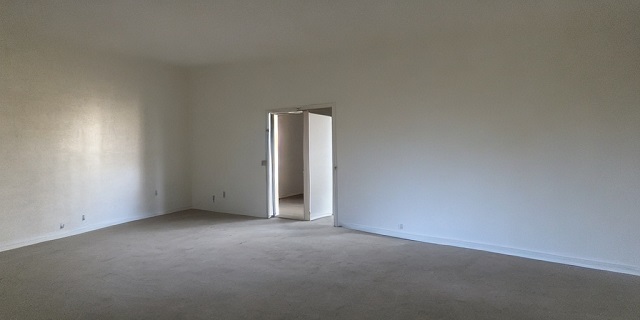
When it comes to home construction or remodeling projects, one of the key decisions you have to make is whether to use plastering or drywall. Both options have their own set of advantages and disadvantages, and understanding these factors is crucial in making an informed choice. Here are some important factors to consider when choosing between plastering and drywall.
1. Durability: Plastering is known for its exceptional durability. Plaster walls have a solid and robust structure that can withstand heavy impact and last for decades. On the other hand, drywall is more susceptible to damage and requires repairs more often. However, in terms of water resistance, drywall has an advantage. When exposed to moisture, plaster tends to crack or crumble, while drywall can be easily repaired or replaced.
2. Aesthetics: Plastering has a timeless appeal and is often considered more aesthetically pleasing than drywall. Plaster walls have a smooth and seamless surface that can be customized with various textures and finishes. In contrast, drywall offers a more uniform look and is suitable for a clean and modern aesthetic. It is worth noting that plastering requires skilled craftsmanship, whereas drywall installation can be done relatively easily.
3. Cost: Cost is another crucial factor to consider. In general, the cost of plastering is higher than that of drywall. Plastering involves several labor-intensive steps, including applying multiple coats, sanding, and finishing. On the other hand, drywall installation is quicker and requires less labor, making it a more affordable option. However, if you factor in the longevity of plaster walls and the potential for higher maintenance costs associated with drywall, the overall cost difference may vary.
4. Soundproofing and Insulation: Plaster walls have excellent soundproofing qualities, as they are denser and thicker than drywall. They can effectively reduce noise transmission between rooms, making them ideal for bedrooms, home offices, or music rooms. Drywall, on the other hand, is lighter and provides less sound insulation. When it comes to insulation, both plastering and drywall can be enhanced with additional insulation materials to improve energy efficiency in your home.
5. Installation and Repair: Drywall installation is relatively straightforward and can be done using standard-sized panels. It is a popular choice for DIY enthusiasts or those on a tight schedule. Plastering, on the other hand, requires skilled professionals and more time to complete. When it comes to repairs, drywall is easier to fix, as damaged sections can be cut out and replaced. Plaster repairs require more expertise and may be more time-consuming.
Conclusion
In conclusion, both plastering and drywall offer unique advantages and disadvantages that should be carefully considered when choosing the appropriate material for your construction project. Plastering has been used for centuries and is known for its durability and timeless appeal. The smooth, seamless finish achieved with plastering creates a classic and elegant aesthetic that is hard to replicate with other materials. Additionally, plastering provides superior fire resistance, soundproofing, and insulation properties, making it a popular choice for older homes or buildings that require improved energy efficiency.
On the other hand, drywall offers several benefits that make it a preferred choice for many modern construction projects. Drywall is relatively quick and easy to install, reducing both labor and material costs. Its lightweight construction also makes transportation and handling more manageable. Furthermore, drywall is a versatile material that can be easily cut, shaped, and textured to fit any design requirements. This flexibility allows for greater customization and creativity in interior design.
While plastering has its advantages, it also has some drawbacks that can impact its suitability for certain situations. One significant disadvantage of plastering is its vulnerability to cracking and damage over time. Plaster can be brittle, especially if applied incorrectly or in areas with high humidity or fluctuating temperatures. Additionally, plastering is a labor-intensive process that requires skilled craftsmanship and can be more time-consuming compared to drywall installation.
Similarly, drywall has its share of disadvantages that should be considered. Perhaps the most significant concern with drywall is its susceptibility to moisture damage. Moisture can lead to the growth of mold and mildew, compromising the structural integrity of the material and posing health risks. In areas prone to dampness or frequent water exposure, such as bathrooms or basements, drywall may not be the ideal choice. Additionally, while drywall is generally more cost-effective upfront, it may require more maintenance and repairs in the long run, as it is more prone to dents and damages from impact.
When selecting between plastering and drywall, several factors should be taken into account. The aesthetic appeal, desired level of durability, and budget are essential considerations. Additionally, the location and purpose of the construction project, as well as any specific humidity or moisture concerns, should be evaluated. Consulting with professionals in the construction industry can provide invaluable guidance and ensure that the best choice is made based on the unique requirements of each project.
In conclusion, both plastering and drywall have their pros and cons. Plastering offers a timeless appeal and excellent fire resistance but can be prone to cracking and requires skilled labor. Drywall, on the other hand, is versatile and cost-effective but may be susceptible to moisture damage and require more maintenance. Ultimately, the decision between plastering and drywall should be based on careful consideration of factors such as aesthetics, durability, budget, and environmental conditions.


